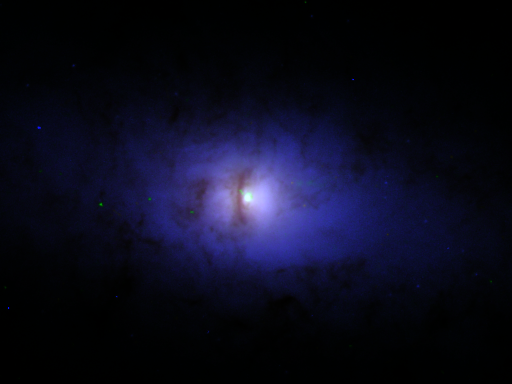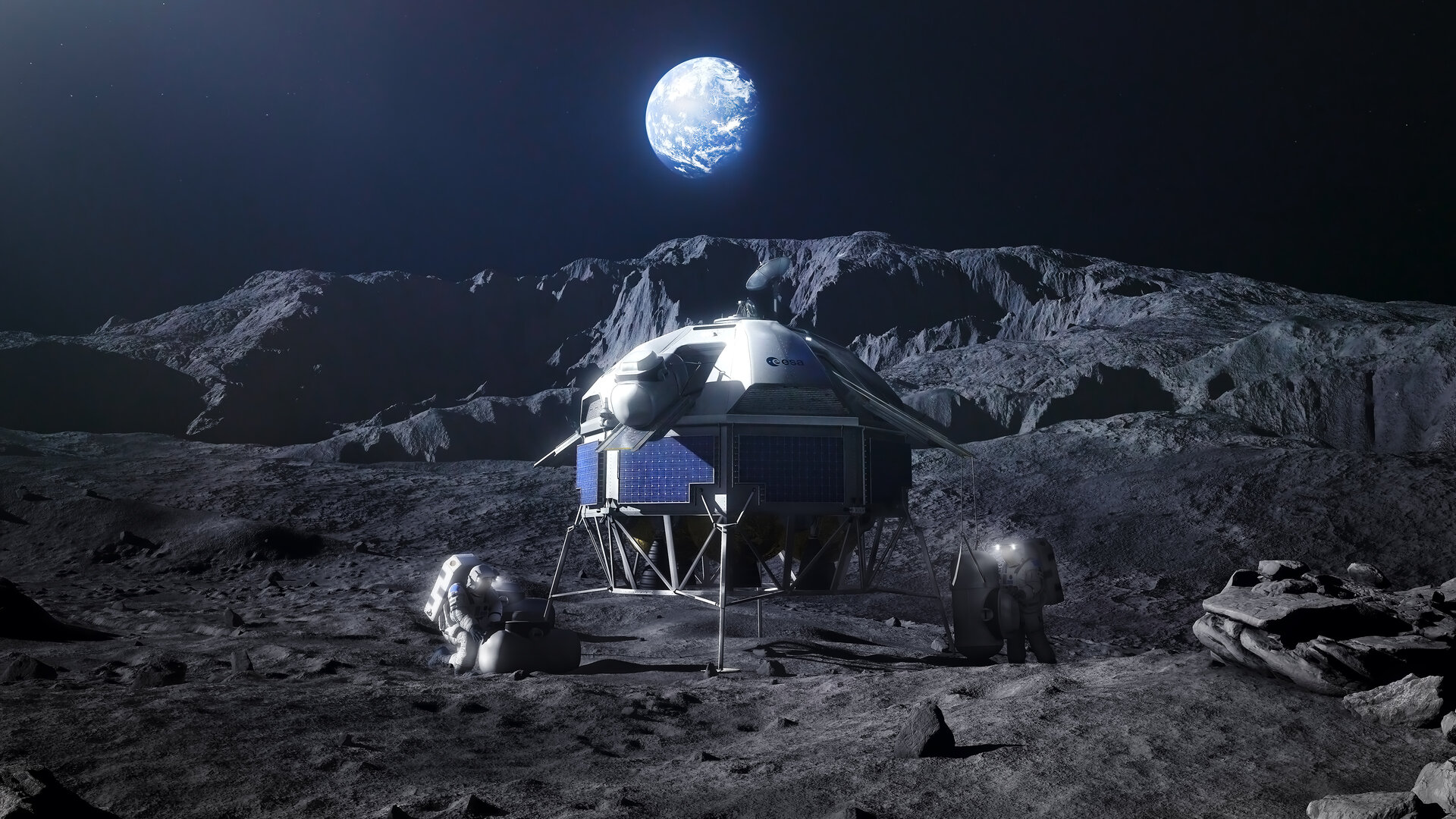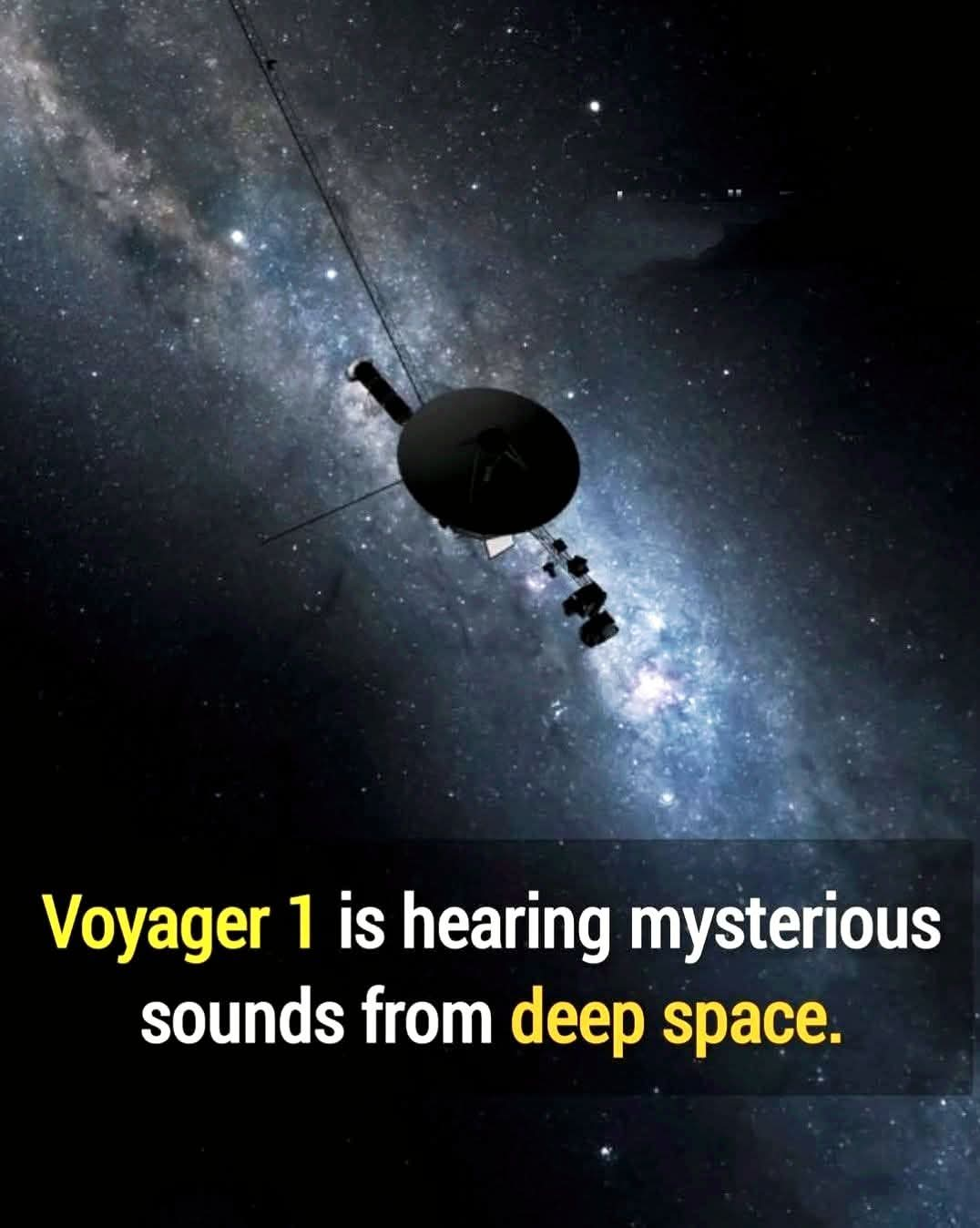Recent observations reveal that even dwarf galaxies, tiny cosmic neighborhoods with only millions of stars, can host heavyweight central black holes millions of times the Sun’s mass.
One startling example, Henize 2-10, is barely 3,000 light-years across (about 1/30 the size of the Milky Way) yet harbors a black hole weighing around 2 million Suns.
Another dwarf, Mrk 462, contains a compact black hole of just 200,000 solar masses, one of the smallest supermassive ones ever spotted.
Surveys show these black holes sometimes sit off-center, probably due to past galaxy collisions, and can launch powerful gas winds that stifle star formation.
A study of 28 low-mass galaxies 10 billion light-years away found active black holes feeding at their cores, challenging the idea that only large galaxies form these behemoths.
These discoveries suggest black holes might form early, perhaps from massive “seeds,” then grow alongside or even before their galaxies. It upends traditional views and gives new clues about how galaxies and their central black holes evolve together



